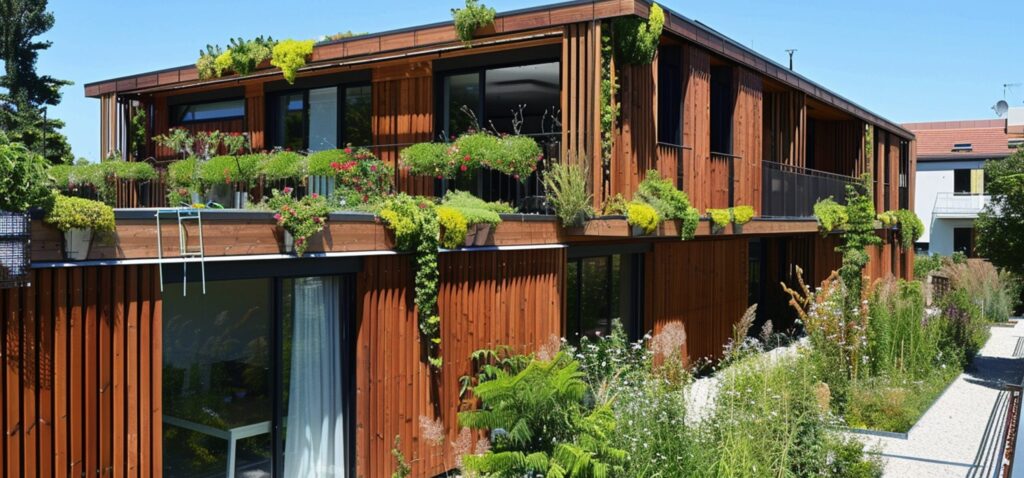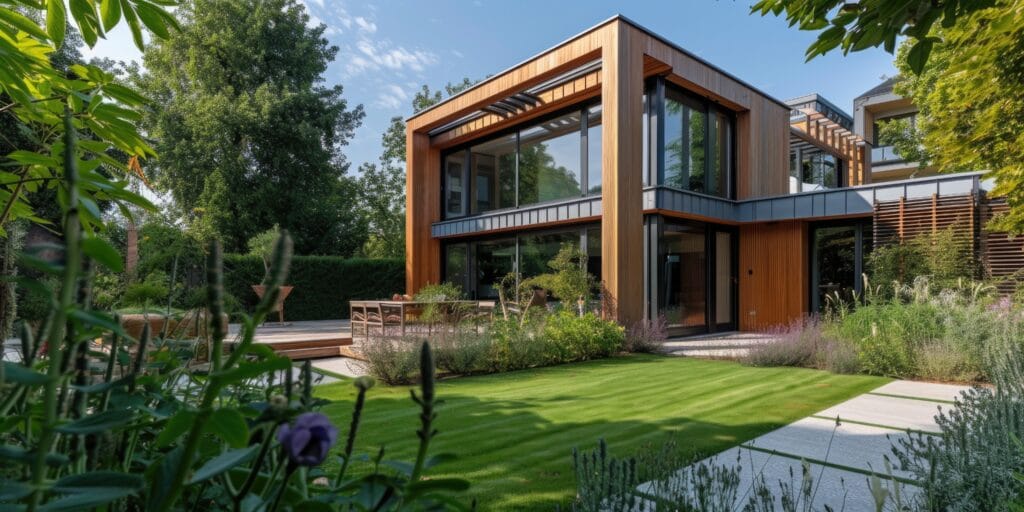Eco-Friendly Siding Options and Sustainable Choices
As homeowners increasingly prioritize sustainability, eco-friendly siding options have become more popular. Choosing sustainable siding materials not only benefits the environment but can also enhance your home’s energy efficiency, reduce maintenance costs, and improve its aesthetic appeal. In this article, we will explore various eco-friendly siding options and sustainable practices that you can consider when remodeling or building your home.
Why Choose Eco-Friendly Siding?
Before diving into the options, it’s essential to understand the benefits of eco-friendly siding:
Reduced Environmental Impact: Eco-friendly materials typically have a lower carbon footprint than traditional siding materials. They are often made from recycled materials or sourced sustainably.
Energy Efficiency: Many eco-friendly siding options are designed to improve insulation, which can help lower heating and cooling costs.
Durability: Sustainable materials are often more durable and resistant to weather, pests, and rot, resulting in longer lifespans and reduced replacement frequency.
Aesthetic Versatility: Eco-friendly siding can offer a variety of styles and finishes, allowing homeowners to maintain or enhance curb appeal while being environmentally conscious.
Eco-Friendly Siding Materials
Here are some of the top eco-friendly siding options available:
1. Fiber Cement Siding
Fiber cement siding is made from a blend of cement, sand, and cellulose fibers. It is a durable, long-lasting material that is resistant to pests, fire, and rot. Fiber cement can mimic the look of wood, stucco, or masonry, making it a versatile option. Additionally, many manufacturers use recycled materials in their products, contributing to a lower environmental impact.
2. Wood Siding
Wood siding, particularly from sustainably managed forests, is a renewable resource. When sourced responsibly, wood siding can be a highly eco-friendly option. Consider treatments that minimize environmental impact, such as water-based stains and sealants. Also, reclaimed wood can provide a unique aesthetic while reducing waste.
3. Vinyl Siding (Recycled)
While traditional vinyl siding has faced criticism for being environmentally harmful, advancements have led to the development of recycled vinyl siding. This option reduces landfill waste and minimizes the need for new materials. Recycled vinyl siding is also durable and low-maintenance, making it a practical choice for eco-conscious homeowners.
4. Metal Siding
Metal siding, often made from recycled materials like aluminum or steel, is another sustainable choice. It is highly durable, fire-resistant, and can be recycled at the end of its life. Metal siding can also reflect heat, improving energy efficiency. Additionally, its longevity reduces the need for frequent replacement, further reducing environmental impact.
5. Composite Siding
Composite siding is made from a mixture of wood fibers, recycled plastics, and other materials. It offers the aesthetic of wood while being more durable and low-maintenance. Many composite siding products are designed to be eco-friendly, using recycled materials and reducing waste.
Sustainable Practices for Siding Installation
In addition to selecting eco-friendly materials, consider implementing sustainable practices during the installation process:
Efficient Waste Management: Minimize waste by measuring accurately and reusing materials whenever possible. Proper disposal or recycling of old siding materials can significantly reduce landfill contributions.
Energy-Efficient Installation: Ensure that the installation process is energy-efficient. Properly sealing and insulating your home during siding installation can enhance energy efficiency and improve your home’s overall environmental footprint.
Local Sourcing: Choose local suppliers for your siding materials to reduce transportation emissions. Supporting local businesses also fosters community growth.
Conclusion
Investing in eco-friendly siding options is a significant step toward creating a more sustainable home. With various materials available, including fiber cement, wood, recycled vinyl, metal, and composite siding, homeowners have the opportunity to select options that align with their environmental values. Additionally, implementing sustainable practices during installation can further enhance the positive impact of your siding choices. By choosing eco-friendly siding, you can improve your home’s energy efficiency, reduce its environmental footprint, and contribute to a healthier planet for future generations.


